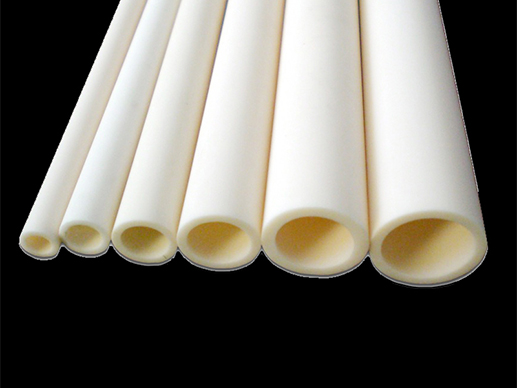What Materials are Used for High Temperature Ceramic Tubes

In the realm of industrial applications, high-temperature ceramic tubes play a pivotal role, especially in environments where extreme heat resistance is paramount. These tubes are essential components in industries such as metallurgy, chemical processing, power generation, and even advanced scientific research. The materials used for manufacturing these high-temperature ceramic tubes are selected based on their ability to withstand harsh conditions, maintain structural integrity, and provide reliable performance over extended periods. Here, we delve into some of the key materials used in the production of these indispensable components.
One of the most widely used materials for high-temperature ceramic tubes is alumina. With a melting point of around 2072°C, alumina boasts exceptional thermal stability and high thermal conductivity. Its resistance to wear and corrosion makes it an ideal choice for applications involving harsh chemical environments. Alumina tubes are frequently used in furnace linings, thermocouple protection, and electrical insulation. The material’s high mechanical strength and hardness also contribute to its widespread use in demanding industrial settings.
Silicon carbide is another material that excels in high-temperature applications. Known for its excellent thermal shock resistance and ability to withstand temperatures up to 1600°C, silicon carbide is commonly used in situations where rapid temperature changes occur. It also has high thermal conductivity and low thermal expansion, which help in maintaining dimensional stability under thermal stress. Silicon carbide tubes are extensively used in heat exchangers, chemical reactors, and as protective linings in kilns and furnaces.
Zirconia is renowned for its high fracture toughness and thermal insulation properties. It can withstand temperatures up to 2400°C, making it suitable for some of the most extreme temperature environments. The material’s low thermal conductivity and high resistance to thermal shock make zirconia tubes ideal for applications such as high-temperature crucibles, refractory linings, and components in jet engines and gas turbines. Additionally, zirconia can be stabilized with other oxides, such as yttria, to enhance its properties further.
Applications and Innovations
The choice of material for high-temperature ceramic tubes depends largely on the specific requirements of the application, including the maximum operating temperature, thermal shock resistance, chemical compatibility, and mechanical strength. Advances in material science continue to push the boundaries of what these materials can achieve, leading to the development of new composites and hybrid materials that offer enhanced performance characteristics.
High-temperature ceramic tubes are critical components in many industrial processes, and the choice of material is crucial for ensuring optimal performance and longevity. Alumina, silicon carbide, zirconia, mullite each offer unique properties that make them suitable for different high-temperature applications. As technology advances, the development of new materials and manufacturing techniques promises to further enhance the capabilities of these essential industrial components, paving the way for even more demanding applications and environments.

